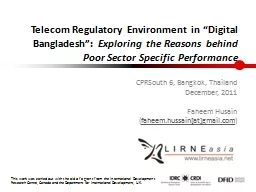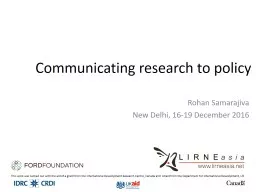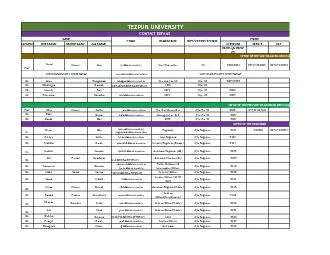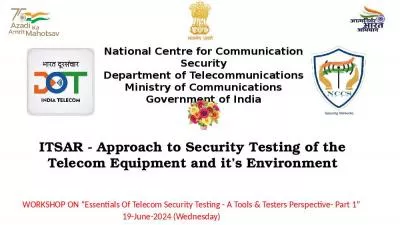PPT-Assistant Professor in the TELECOM Group
Author : syfarect | Published Date : 2020-06-16
Carl Milner ENAC ENAC 8 th March 2018 RAMS for GNSS Questions 2 How to relate the Tolerable Hazard Rate per hour to the positioning function per epochsampletest
Presentation Embed Code
Download Presentation
Download Presentation The PPT/PDF document "Assistant Professor in the TELECOM Group" is the property of its rightful owner. Permission is granted to download and print the materials on this website for personal, non-commercial use only, and to display it on your personal computer provided you do not modify the materials and that you retain all copyright notices contained in the materials. By downloading content from our website, you accept the terms of this agreement.
Assistant Professor in the TELECOM Group: Transcript
Download Rules Of Document
"Assistant Professor in the TELECOM Group"The content belongs to its owner. You may download and print it for personal use, without modification, and keep all copyright notices. By downloading, you agree to these terms.
Related Documents














